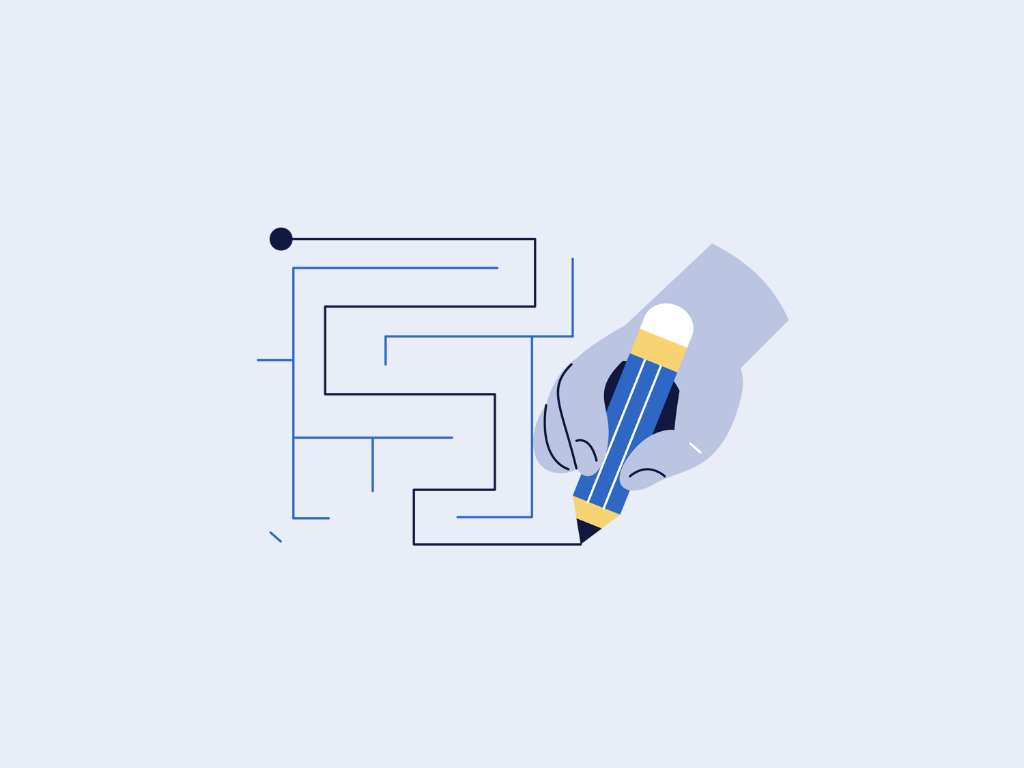Bankruptcy is a legal process that offers individuals and businesses a way to manage overwhelming debt when other financial solutions are no longer viable. While the term often carries negative connotations, it can be a lifeline for those struggling to meet their financial obligations.
Bankruptcy provides a structured framework for either eliminating debts or reorganizing repayment terms under the supervision of a federal court. This process is designed not only to protect debtors from aggressive creditors but also to ensure creditors receive some form of repayment.
In this guide, we’ll explore the common forms and the steps involved in the bankruptcy process.

What is Bankruptcy?
At its core, bankruptcy is a legal proceeding in which a debtor, unable to repay outstanding obligations, seeks relief from some or all of their debts. Managed through federal courts, bankruptcy can allow individuals or businesses to either eliminate debts entirely or develop a plan to repay them over time. Depending on the type of bankruptcy filed, the process may involve liquidating assets or reorganizing finances under court supervision.
Practical Considerations for Bankruptcy
Deciding whether to file for bankruptcy is a significant decision requiring careful thought. Bankruptcy can provide relief but may also have long-term consequences, such as affecting your credit score and ability to secure loans in the future. For individuals facing overwhelming debt, exploring personal bankruptcy may be a crucial step in regaining financial stability.
For example, during bankruptcy proceedings, individuals or businesses often look for opportunities to liquidate assets or secure financial resources. For instance, you can find bankruptcy lists of individuals wanting to sell a home, allowing potential buyers to explore discounted properties while helping sellers settle their debts. This symbiotic arrangement highlights how bankruptcy can create unique opportunities for both debtors and buyers.
Types of Bankruptcy
There are several types of bankruptcy, but the most common for individuals and businesses are Chapter 7, Chapter 11, and Chapter 13. Each serves different purposes and caters to specific financial situations.
Chapter 7 Bankruptcy: Liquidation
Chapter 7 is often referred to as “straight bankruptcy.” It involves liquidating a debtor’s non-exempt assets to pay creditors. Any remaining dischargeable debts are wiped clean, providing a fresh financial start. This type of bankruptcy is ideal for individuals or businesses with limited income and overwhelming debts.
Key features of Chapter 7 include:
- A quicker process, often completed in a few months.
- Requires a means test to determine eligibility.
- Certain assets, like primary residences and essential personal property, may be exempt from liquidation.
Chapter 11 Bankruptcy: Reorganization
Chapter 11 is primarily used by businesses but can also be utilized by high-net-worth individuals. It allows for the reorganization of debts while continuing operations. This type of bankruptcy is complex and often expensive, making it suitable for larger entities with substantial assets.
Key features of Chapter 11 include:
- Enables businesses to restructure their debts and develop a repayment plan.
- Allows operations to continue during the process.
- Creditors may play a role in approving the repayment plan.
Chapter 13 Bankruptcy: Debt Adjustment
Chapter 13 is designed for individuals with a steady income who can repay their debts over time. Instead of liquidating assets, debtors propose a repayment plan lasting three to five years.
Key features of Chapter 13 include:
- Protects assets from liquidation.
- Requires a detailed repayment plan approved by the court.
- Allows individuals to catch up on secured debts, such as mortgage arrears.
How Bankruptcy Works
The bankruptcy process follows a structured framework, ensuring both debtors and creditors are treated fairly. Here’s an overview of the general steps involved:
Filing for Bankruptcy
The process begins with the debtor filing a petition in bankruptcy court. This includes submitting detailed financial information, such as income, expenses, assets, and debts. Once filed, an automatic stay goes into effect, halting creditor actions such as wage garnishments, lawsuits, and foreclosure proceedings.
Appointment of a Trustee
A trustee is appointed by the court to oversee the case. The trustee’s role includes reviewing the debtor’s financial documents, liquidating non-exempt assets (if applicable), and distributing proceeds to creditors.
Credit Counseling and Education
Before filing for bankruptcy, individuals must complete a court-approved credit counseling course. Additionally, a debtor education course is required before debts can be discharged.
Repayment or Discharge of Debts
Depending on the type of bankruptcy, the process may result in:
- Liquidation of assets (Chapter 7).
- A repayment plan (Chapter 13).
- Restructured operations and debt payments (Chapter 11).
Once the process is complete, eligible debts are discharged, relieving the debtor of legal obligations to repay them.
Benefits and Drawbacks of Bankruptcy
Like any financial strategy, bankruptcy has pros and cons. Understanding these can help individuals make informed decisions:
Benefits:
- Provides relief from overwhelming debt.
- Stops creditor harassment through the automatic stay.
- Offers a chance for financial rehabilitation.
Drawbacks:
- Stays on credit reports for up to 10 years, affecting creditworthiness.
- May require liquidation of assets.
- Can impact employment and insurance opportunities in certain industries.
Bankruptcy is a complex yet valuable legal tool for those overwhelmed by debt. Whether it involves liquidating assets under Chapter 7, reorganizing under Chapter 11, or adjusting debts under Chapter 13, the process is designed to provide relief while ensuring fairness to creditors. While filing for bankruptcy has significant implications, it also offers a pathway to a fresh financial start. If you are considering bankruptcy, consulting with a legal or financial professional can help you navigate the process and choose the best option for your situation.

